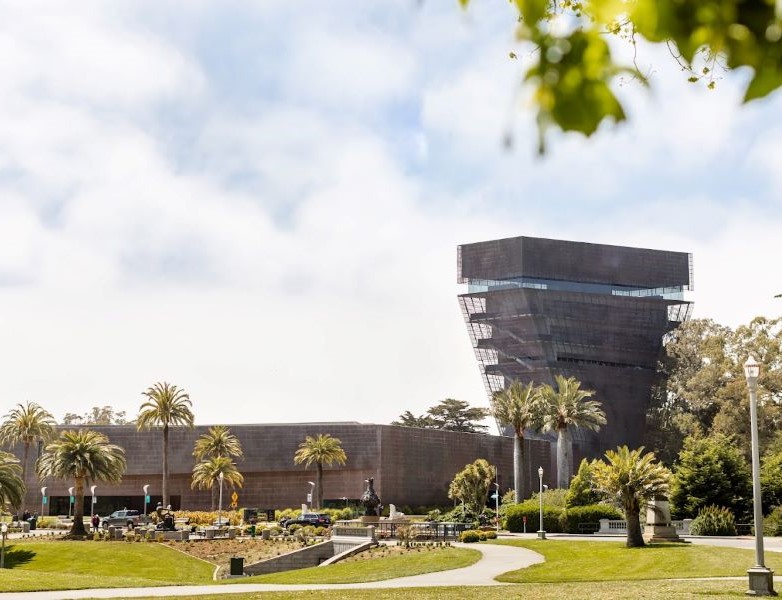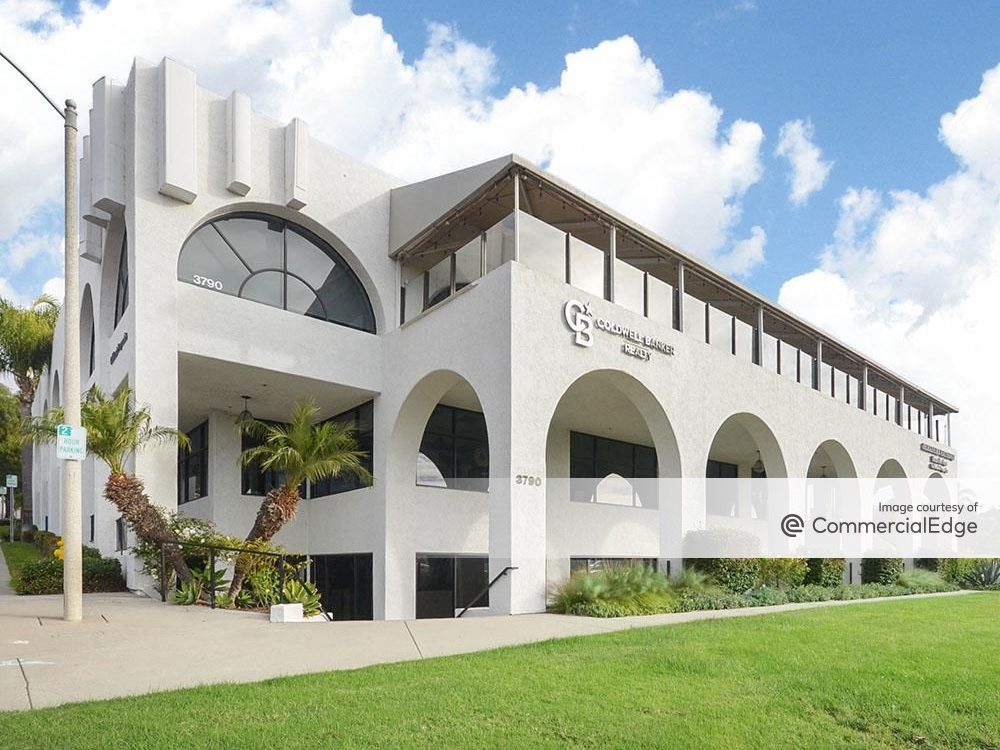PGIM Real Estate’s Net-Zero Milestone
A Silicon Valley office property is the first asset owned by an institutional investor to earn a place in the New Buildings Institute’s registry.
By Gail Kalinoski

Solar panels covering the upper level of the Towers at Great America parking structure in Santa Clara, Calif. (PRNewsfoto/Alta Energy, Inc.)
At first glance, the rooftop solar panels on two parking structures in Santa Clara, Calif., may not seem out of the ordinary. Part of Towers at Great America, a 630,000-square-foot Class A office property in Santa Clara, Calif., the installation generates 1.4 megawatts for the Silicon Valley office property while providing shaded parking for tenants and visitors.
But there’s more to the solar array than meets the eye at the property owned by PGIM Real Estate. The solar canopies that top the five-level, stand-alone structures supply more than 100 percent of the energy consumed by the property’s 24,000-square-foot amenities building. That makes it the first building owned by an institutional investor to be included in the New Buildings Institute’s registry of properties retrofitted to net-zero standards. The amenities building houses meeting space, a café and fitness center for tenants.
The solar array will produce approximately 2.4 gigawatt-hours (gwH) of electricity each year, more than the energy consumed by the amenities building and parking structures, reports Alta Energy, the sustainable energy consultant that developed the $4.2 million project in collaboration with PGIM Real Estate and Harvest Properties, which manages Towers at Great America. Excess electricity produced by the solar canopies will offset energy consumption by the office towers.
Doubling Up
“Essentially this solar system will provide two to three times the total energy consumed by the amenities building, including the parking garages,” said Marc Roper, executive vice president & chief commercial officer for San Mateo, Calif.-based Alta Energy. Alta’s services included analyzing energy bills; a feasibility assessment; securing an incentive from Silicon Valley Power, a local utility; and obtaining bids from renewable energy providers to finance, construct and operate the system.
BayWa r.e., a renewable energy developer, was chosen for the project in early 2017 and rents the rooftop space from PGIM. Hintzke noted that BayWa r.e. is in line for incentives from the Silicon Valley Power: $90 per megawatt-hour per year for five years, which translates to about $135,000 per year.
Two months of construction began in August 2017 and were followed by about eight weeks of testing and commissioning, Hintzke said. The solar canopies began operating at the end of December. All told, permitting, design and construction took about a year.
For the moment, the project is classified as an Emerging Zero Energy building by the New Buildings Institute, a nonprofit organization working to improve commercial buildings’ energy performance. The organization requires a year of operational data to verify that the building meets Zero Energy standards. “This project demonstrates that Zero Energy can be an attainable goal in a mainstream commercial real estate environment,” Alta Energy CEO Sam Lee said in a statement.
The addition of the solar canopies and other energy-related improvements is part of PGIM Real Estate’s sustainability strategy, as well as its recently completed completed renovation of the property, which was built in 2002.
“PGIM Real Estate is committed to incorporating sustainability into our real estate investment processes in a manner that benefits our investors, our building’s occupants, and the communities we serve,” said David DeVos, the company’s director of sustainability, in a statement.
“To further deliver high-performing space to our tenants, the amenities building and parking garages each feature advanced energy technologies including LED lighting and advanced lighting controls, electric vehicle charging stations, and a plan to replace the HVAC with a high-efficiency unit, all of which contribute to the facility’s Emerging Zero Energy status,” he added.







You must be logged in to post a comment.